Anyone seen the world's best compost? Or USE it???
mmqchdygg
16 years ago
Related Stories

BEDROOMSThe Cure for Houzz Envy: Master Bedroom Touches Anyone Can Do
Make your bedroom a serene dream with easy moves that won’t give your bank account nightmares
Full Story
CLOSETSThe Cure for Houzz Envy: Closet Touches Anyone Can Do
These easy and inexpensive moves for more space and better organization are right in fashion
Full Story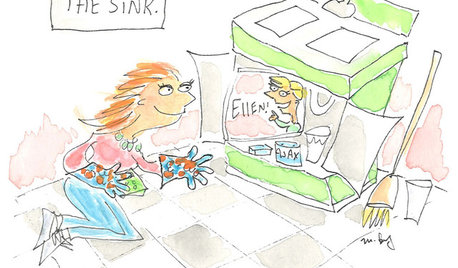
FUN HOUZZ9 Places for the TV We Haven't Seen — Yet
Tube watching ventures into uncharted territory. How far would you go in your own home?
Full Story
GARDENING GUIDESGet on a Composting Kick (Hello, Free Fertilizer!)
Quit shelling out for pricey substitutes that aren’t even as good. Here’s how to give your soil the best while lightening your trash load
Full Story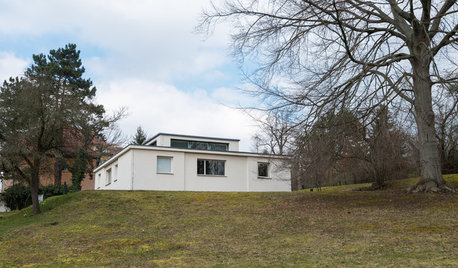
MOST POPULARArchitectural Icon: The World’s First Bauhaus House
The Haus am Horn in Weimar is the first architectural example from the famed school, and the only one in the German city where Bauhaus began
Full Story
GARDENING AND LANDSCAPINGWorld of Design: 10 Home Gardeners Show Us Their Sweet Summer Harvests
From New York to Tokyo, these gardeners have turned their yards, terraces and rooftops into places of bounty
Full Story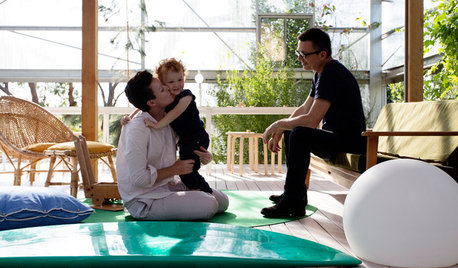
HOMES AROUND THE WORLDWorld of Design: A House That’s Barely There
A rural Australian home blurs the boundaries between indoors and outdoors, camping and permanence, privacy and transparency
Full Story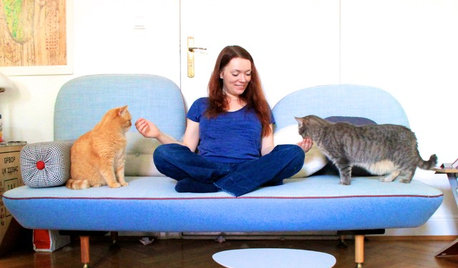
PETSWorld of Design: Pampered Pets and Their 10 One-of-a-Kind Homes
Fall in love with these critters and their clever living spaces, from a cat playground in France to a chicken house in the U.S.
Full Story
ARCHITECTUREWorld of Design: 10 Homes That Lap Up the Landscape Around Them
As building techniques develop, architects all over the globe are finding new ways — and new places — to integrate houses with nature
Full Story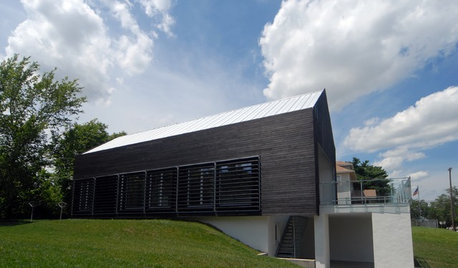
REMODELING GUIDES'Yakisugi-ita' Is Setting the Siding World on Fire
Exterior wood siding created by a Japanese burning technique is now alighting in the Western world
Full StoryMore Discussions








dorisl
mmqchdyggOriginal Author
Kimmsr
diggity_ma
gonefishin
mkirkwag
mkirkwag
mxbarbie
hamiltongardener
hamiltongardener
mxbarbie
swanz
swanz
richdelmo
mxbarbie
Belgianpup
swanz
urak
silverkelt
Belgianpup
swanz
urak
quartzprism_hotmail_com
bullsigh
swanz
greenman01
asak9
led_zep_rules
heringers_hotmail_com
cynthia_h
queuetue
Belgianpup
carolann_roses
farkee
juteamup
asak9
frog45
toxcrusadr
gnomey
witeowl
mxbarbie
frog45
smokensqueal
frog45
asak9
gnomey
frog45
pappabell
11otis
josephinesmith